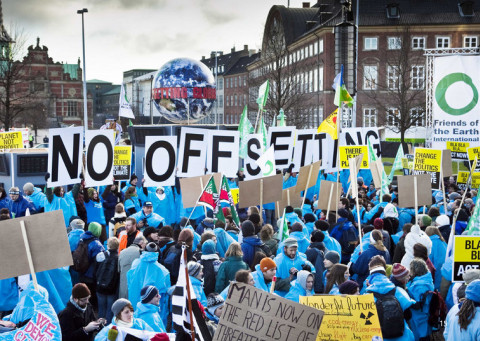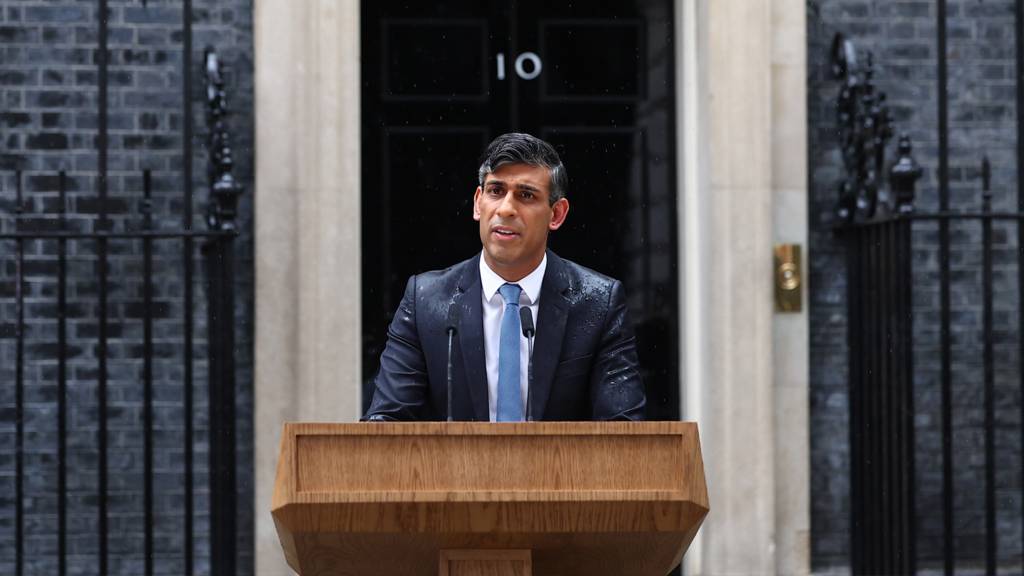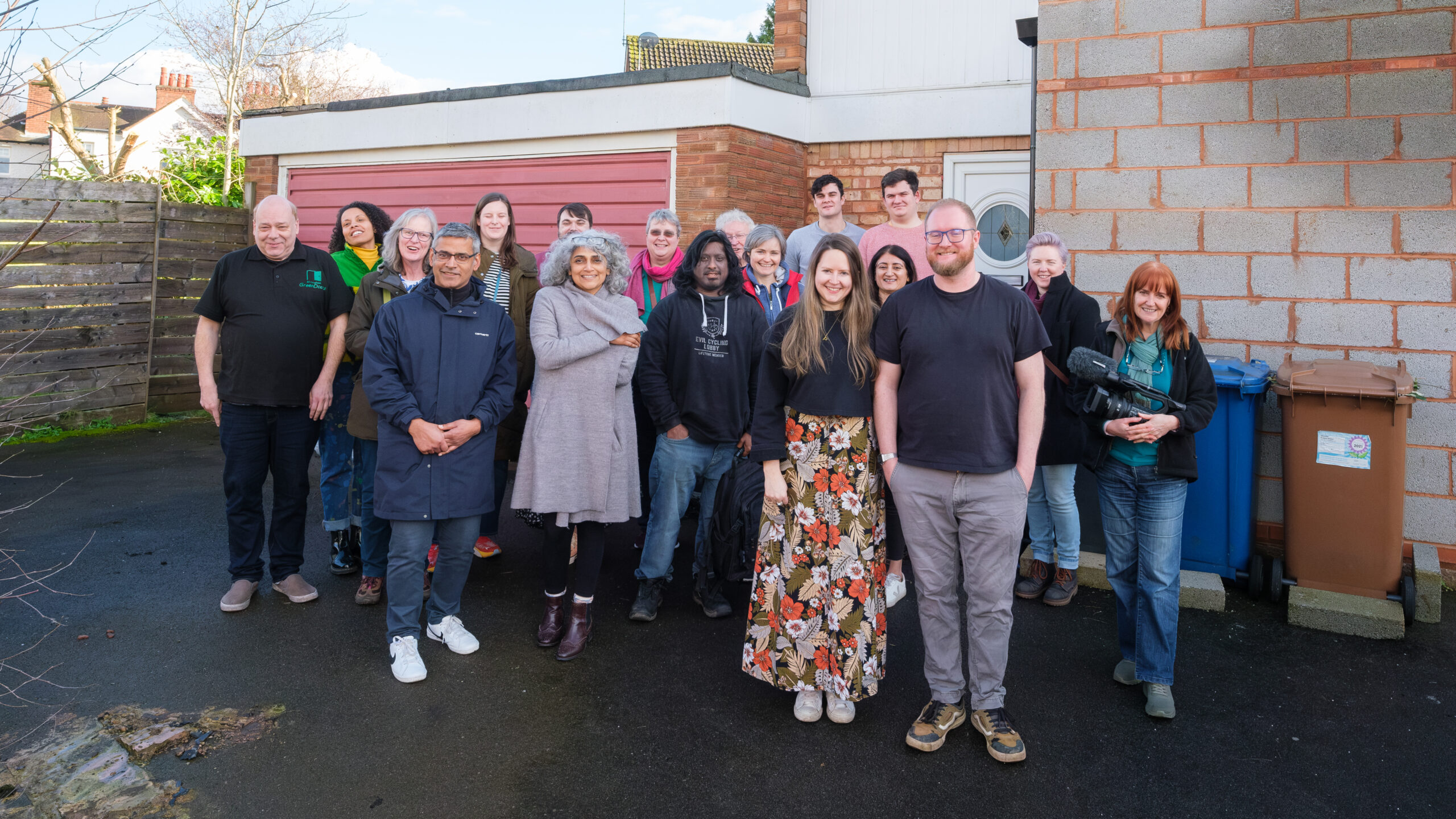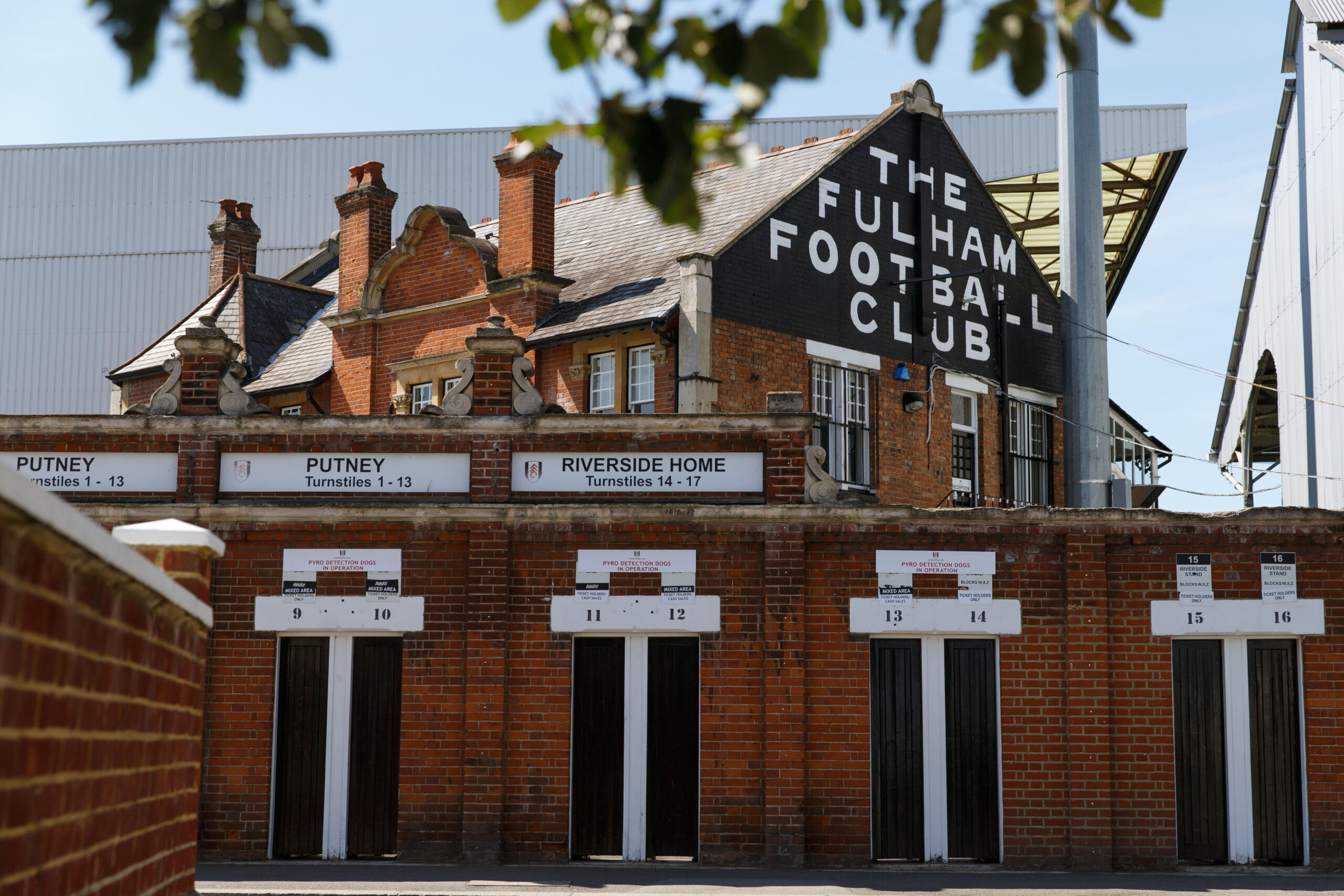Flying is a one of the biggest individual actions that contributes to the climate emergency. One long haul return flight will leave a person with a higher CO2 footprint than the average citizen of Sierra Leone will emit in one year. Reducing the number of flights is one way to help reduce carbon emissions and lead a more sustainable life. Only flying when necessary is the best approach. My holidays are now train trips around Europe. I will fly again, but it would have to be for something very special. However, from a pragmatic standpoint, there are a lot of people who will fly no matter what, because sacrificing flying is not something that they are willing to do.
Problems with carbon offsetting
Carbon offsetting has been sold to fly guilt free. By spending money on a carbon offsetting scheme, people can fly as they have always done, whilst stopping the environmental impact of the carbon emissions. Carbon offsetting in its current form has a lot of flaws. Firstly, it encourages a business as usual approach. Carbon offsetting suggests that the small amount of money spent by individuals will offset the damage of the environmental impact of the carbon emissions. Is this true? Is this desirable? Carbon offsetting projects are often in developing nations and enact behaviour change for people who are not contributing to the climate emergency. Things like gas stoves in Indonesia may be a good thing to be happening, but will it mitigate the environmental damage from flights? I seriously doubt it, and why should poorer people be forced to change their behaviour so richer people can continue to live unsustainable lives? Does spending £20 on a £500 flight really offset the carbon of that flight? Some of the carbon offsetting schemes are provided by the biggest fossil fuel companies. Do you really trust BP to carbon offset properly when they continue to drill for oil, even though, they know the true environmental cost of their actions?
Another carbon offsetting favourite is to fund tree planting schemes. Now again planting trees are a good thing, but is it the most effective way to carbon offset? Are they the most effective kind of trees to intake C02? Will it take 30 years for the trees to grow and then be useful?
The key point is that by spending your money on some far off project that you have no idea if it is doing as advertised, you are blindly hoping that what is being promised, is being delivered. A lot of the time, that is not the case.
A better alternative
The best way to carbon offset is not to not need it, by not flying. However, if you are going to fly, there is a better way to carbon offset. Rather than blindly hoping that the schemes that you are putting money into on the internet are successful, you should invest your time and money in something local to you and that you can see the results, hopefully with your own eyes.
Good causes need funding
For example, if your return flights cost £500, I’d suggest that you spend £250 (or whatever you are willing to spend) on a project that is local to you, where you can see the physical results. For £250, you could invest in an energy community share offer that puts solar panels on community buildings. This kind of investment would help move our energy production away from fossil fuels, as well as providing a fair return to yourself. I’m a director of Community Energy Birmingham, which does this kind of thing. They operate all over the country and are helping move our energy supply to a more sustainable future.
I don’t think that the project must be strictly environmental to be worthwhile. You could donate £50 to a homeless charity, that you know is helping your local community. The key point is that you know what your money is being spent on and can track the good that it is doing.
Your time matters
An alternative to spending money on a project, is donating your time to a good cause. You look at it like this. If you think your time is worth £15 an hour, and the flight is £300, then spend 10 hours volunteering for a project that does activities that you care about. That is half of the cost of the flights at £15 an hour. Perhaps you could spend ten hours volunteering at an animal conservation charity or delivering leaflets for a political party that you are involved in. If you really enjoy the activity, you might want to continue with it once you have finished your carbon offsetting project. Either way, you have helped society and become an active citizen. I think this is a much better way to carbon offset than by spending money on far away projects that you have no idea as to how effective they are. By doing something worthwhile you are making a positive statement about the society that you want to live in. You are actively engaging with your decision to fly and not spending a small amount of money to make the guilt go away.
Conclusion
To conclude, the best way to carbon offset is to avoid flying. A trip to Germany via Eurostar is a great holiday. From a pragmatic point of view, if you are going to fly, then carbon offsetting on a community project is the best way to go. Instead of trusting on a project on the other side of the world to do good, you could become an active citizen in your local community, and either donate your money and time on a project that you can see the results. There are hundreds of different causes out there, desperate for your time and money. If you used your resources to help one of them, then you can quantify the good that is being done. You can spend a small amount of money to make the guilt go away, but it is much better to become an active citizen in your local community.
Image Credit
https://www.foeeurope.org/false-solutions








